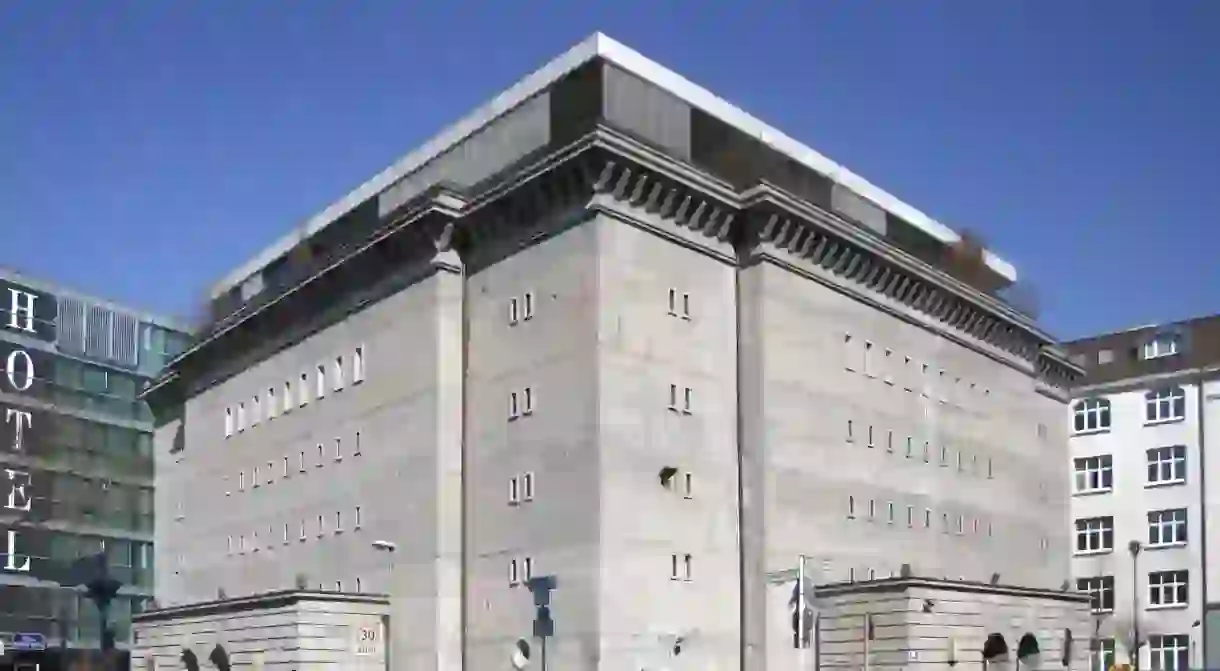Uncover the Mystery of the Boros Bunker in Berlin

From the murals painted on the Berlin Wall at East Side Gallery, to James Turrel’s illumination of a memorial chapel at Dorotheenstadt Cemetery, Berlin’s history and artistic endeavours seem to always be entwined. Another remarkable intersection of history and art is the Sammlung Boros Museum. Once an old war bunker, today it still carries an air of mystery and secrecy, from its many different incarnations to the exclusive by-appointment-only gallery it is today. The Culture Trip explores further.

The grey, masculine building still bears the bullet hole scars, and even today, this is not the kind of museum you can just idle into on some Wednesday afternoon. A visit to Boros comes with its own conditions, and those wishing to see the collection need to pre-register online for a guided tour of the space, and this only happens on weekends. Further more, for safety reasons, only 12 people can visit the museum at a time.
Located it Mitte, the Boros Bunker has been repurposed over the decades into many different things, all of which have built an aura of fascination over this huge block of concrete. The building’s original mandate was as a bomb shelter, built in Nazi Germany in 1943. The bunker, with its two metre thick walls, was constructed particularly for the protection of up to three thousand Reichsbahn train passengers, which is where it takes its alternative name as the Reichsbahnbunker from.
The building then went through another series of purposes, first as a prisoner of war camp when it was captured by Russia’s Red Army, then as a textile and tropical fruit storage facility.

After the confusion despair and subsequent regrouping of the wartime era, the bunker was transformed into another central building of Berlin’s history, this time as part of the counter club culture that spread through the city in the 70s and 80s, and the bunker became the address of a hardcore techno club in 1992, hosting some of the most legendary and debauched illegal raves that would take up four of its five levels. Eventually, the city cracked down and in 1996, the party was over.
This monument to history then passed through government and private property hands, before it was finally purchased by Christian Boros, the German media entrepreneur and avid art collector. He subsequently transformed the bunker into a private museum of contemporary art, which he started collecting when he was just 18 years old. The Boros empire commissioned architects Jens Casper and Petra Petersson to turn the old bunker into a three thousand square metre exhibition space, with a 450 square metre glass penthouse on the roof as the cherry on top. Apparently, Christian and his wife actually live up there.

The museum finally opened to the public in 2008 after the renovations were complete. The first ever permanent exhibition ran for four years, before Sammlung Boros #2 opened in 2012, where even more works from his impressive collection we added. Visitors who are lucky enough to get in can expect to see work by greats such as Ai Weiwei, Thea Djordjadze, Klara Liden, Wolfgang Tillman, Olafur Eliasson and Sarah Lucas.

Tours are in German with a bit of English time, and cost 12 euros per person. Reservations to visit the museum can be made here, and places are much sought after.













